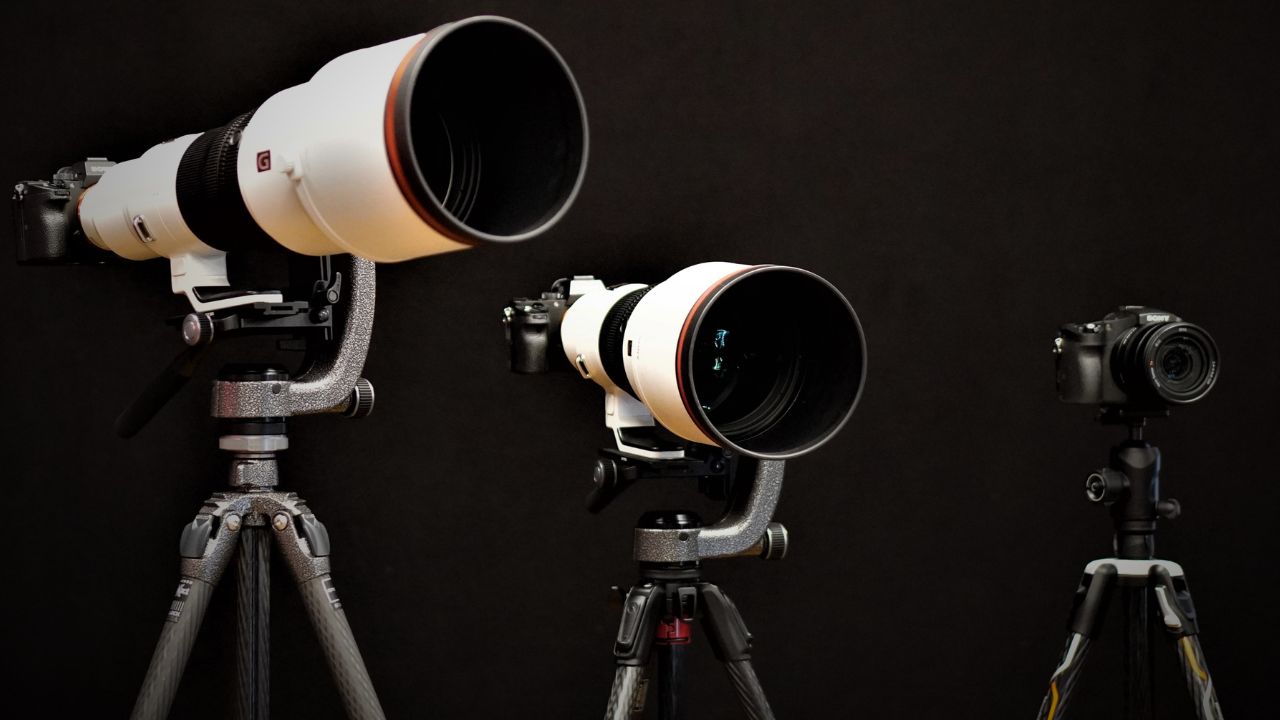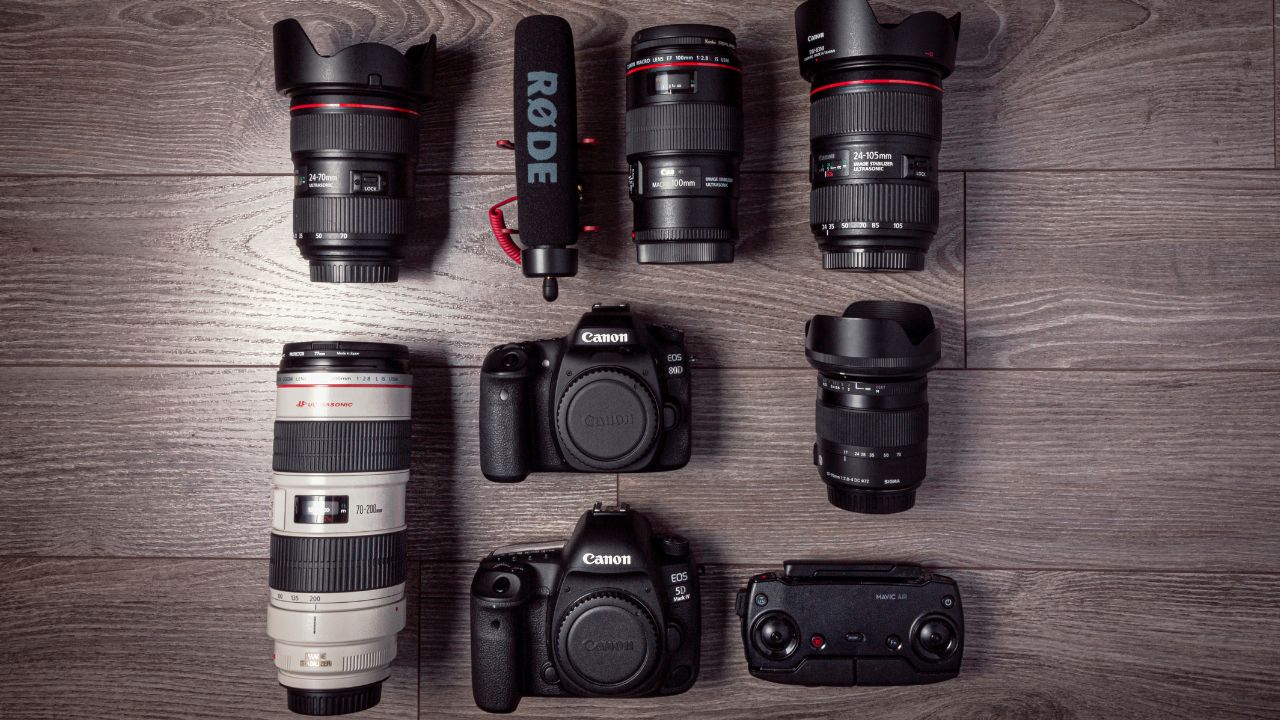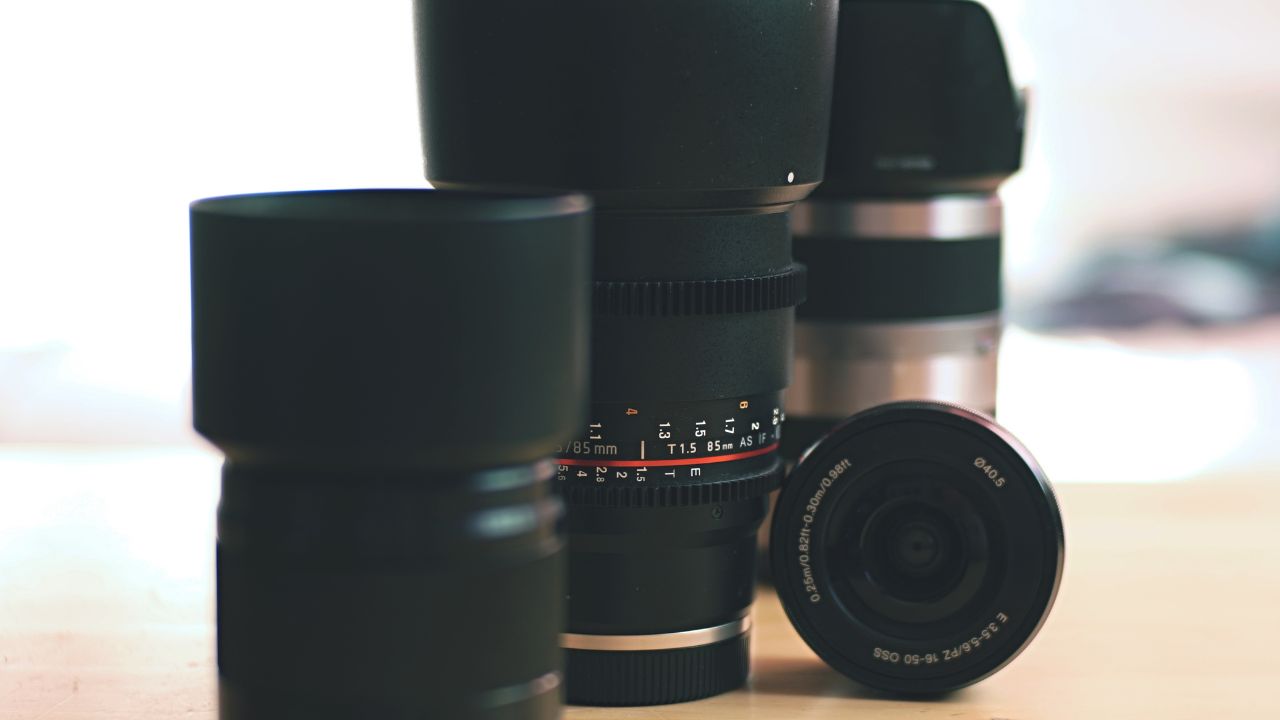Photography, the art of capturing fleeting moments frozen in time, has undergone a transformative journey with the advent of Digital Single Lens Reflex (DSLR) cameras. These remarkable devices offer unparalleled control and flexibility, opening up a realm of creative possibilities for photographers. However, for beginners, navigating the intricate settings of a DSLR can be an intimidating endeavor.
In this all-encompassing guide, we shall delve into the three fundamental pillars of DSLR photography: shutter speed, aperture, and ISO. These settings act in unison to regulate exposure and determine the essence of your photographs. By mastering these core concepts, you will embark on a journey of capturing breathtaking images that genuinely reflect your artistic vision.
1. Unraveling Shutter Speed: The Enchanting Dance of Light and Time
Shutter speed, the initial piece of the exposure puzzle, dictates the duration for which the camera’s shutter remains open when capturing an image. It exerts control over the amount of light entering the camera, ultimately influencing the brightness of the photograph. A lengthier shutter speed permits more light, resulting in a brighter image, while a shorter duration yields a darker outcome.
Now, let us venture into the technical realm. Shutter speed is quantified in fractions of a second, ranging from an astonishing 1/8000 of a second (blazingly fast!) to a leisurely 30 seconds (unhurriedly slow). For instance, a shutter speed of 1/60 indicates the shutter will remain open for one sixtieth of a second.
2. The Enigmatic Aperture: The Gateway to Luminance
Next, we encounter the aperture, a captivating element responsible for regulating the size of the lens opening, allowing light to enter the camera. The extent of this aperture directly influences the amount of light reaching the sensor, consequently affecting the brightness of the photograph. A larger aperture, denoted by a smaller f-number, permits more light, creating a brighter image. Conversely, a smaller aperture, indicated by a larger f-number, restricts light, resulting in a darker image.
The fascinating world of apertures is measured in f-stops, encompassing values from f/1.4 (widest opening) to f/22 (narrowest). For example, an aperture of f/2.8 signifies that the lens aperture spans one-third of the lens diameter.
3. Decoding ISO: Unveiling the Sensitivity to Light
Last but not least, we encounter ISO, a crucial factor representing the camera’s sensitivity to light. Elevating the ISO setting enhances the camera’s light-capturing capacity, producing a brighter image. Conversely, reducing the ISO setting diminishes sensitivity, yielding a darker image. However, a noteworthy trade-off accompanies higher ISO values: an increase in digital noise, ultimately degrading image quality.
The ISO scale spans from 100 to 6400 (and beyond in some cases). For instance, an ISO setting of 800 indicates the camera’s sensitivity to light has doubled.
4. The Harmonious Symphony: Shutter Speed, Aperture, and ISO in Unison
Now that we possess individual comprehension of each setting, let us revel in their graceful interplay, choreographing the perfect exposure. Adjusting one setting necessitates corresponding alterations in the other two to maintain a balanced luminance. Picture yourself capturing an image with a fast shutter speed to freeze motion. In this scenario, increasing the aperture or ISO compensates for the reduced light entering the camera. Conversely, selecting a smaller aperture to amplify depth of field calls for a decrease in shutter speed or an increase in ISO to uphold the desired exposure.
5. Mastering the DSLR Trio: Tips for Unleashing Creative Control
While acquiring a profound understanding of shutter speed, aperture, and ISO proves imperative, it is their artful application that distinguishes amateurs from masters. Embrace these invaluable tips to attain mastery over your DSLR:
5.1. Embrace the Art of Experimentation
Photography remains an ever-evolving art form, thriving on experimentation. Delve into diverse settings and immerse yourself in varied lighting conditions. Embrace the unpredictable allure of experimentation, as it unleashes the boundless scope of your creativity.
5.2. Harness the Potential of Manual Mode
While automatic modes offer convenience, true mastery flourishes in manual mode. Seize absolute control over your settings, enabling you to craft each shot with precision. Initiate adjustments to aperture and shutter speed, and refine the ISO to achieve your desired exposure. With practice, fluency in switching settings becomes second nature.
5.3. Embrace Creative Effects
Beyond exposure, your trio of settings holds the potential to infuse unique creative effects into your photographs. Experiment with slower shutter speeds to capture mesmerizing motion blur or widen the aperture to indulge in captivating shallow depth of field. Revel in the infinite possibilities that spark from your imagination.
5.4. Embrace the Need for Speed
When capturing moving subjects or navigating low light conditions, shutter speed emerges as a pivotal factor. Adhere to the golden rule of maintaining a minimum shutter speed of 1/125th of a second for handheld photography. This ensures the avoidance of blurry photos due to camera shake or subject movement.
5.5. Comprehend ISO Performance
The allure of pushing ISO boundaries might be tempting, yet exercise caution regarding potential noise intrusion. Familiarize yourself with your camera’s ISO performance to strike the delicate balance between exposure and noise. Explore the limits, identifying the sweet spot where your camera thrives.
6. Beyond the Trio: Exploring Other DSLR Camera Settings
While the triad of shutter speed, aperture, and ISO dominates the realm of exposure, other settings significantly impact the outcome of your photographs:
6.1. The Color Symphony: White Balance
In the realm of color harmony, white balance holds the baton, directing the color temperature of your photographs. Diverse lighting conditions cast varied hues, and white balance ensures faithful color representation.
6.2. Metering Mode: The Interpreter of Light
The metering mode interprets light within your scene, guiding the camera toward an optimal exposure. Choose from center-weighted, spot, and matrix metering modes to embrace the art of perfect exposure.
6.3. Focusing on Precision: Focus Mode
Selecting the appropriate focus mode empowers precise focusing on your subject. Delight in single-point autofocus for meticulous focus, continuous autofocus for dynamic subjects, or manual focus for artistic finesse.
7. Elevate Your Photography with DSLR Camera Accessories
Amplify your photographic journey with an array of essential DSLR accessories:
7.1. The Steady Companion: Tripod
Bid farewell to shaky shots with a steadfast tripod. Revel in the joy of capturing long exposures and stunning landscapes with unwavering stability.
7.2. Illuminating Creativity: External Flash
Embark on a journey of dynamic lighting with an external flash. Illuminate your subjects with finesse, casting mesmerizing shadows and highlights for captivating effects.
7.3. The Magic of Filters: Lens Filters
Unlock a kaleidoscope of possibilities with lens filters. Polarizing filters tame reflections and elevate colors, neutral density filters tame bright lights, while color filters imbue images with artistic flair.
7.4. The Hands-Free Marvel: Remote Shutter Release
Embrace seamless shooting without physically touching the camera using a remote shutter release. Capture elusive moments without disturbing the frame.
8. Unveiling DSLR Camera Tips and Tricks
Here are some bonus tips to fuel your passion for DSLR photography:
8.1. Rule of Thirds: The Visual Maestro
Enliven your composition with the rule of thirds. Position your subject at one of the intersections of the grid, creating visually captivating and harmonious images.
8.2. The Art of Perspective
Experiment with diverse angles and perspectives to breathe life into your photos. A change in perspective can transform the mundane into the extraordinary.
8.3. The Radiance of Natural Light
Leverage the enchanting allure of natural light whenever possible. It lends a warm and authentic touch to your subjects, elevating your photography to a new level.
8.4. The Power of RAW
Dive into the world of RAW format and unleash the potential of your images. With RAW, you can retain maximum detail and make precise adjustments during post-processing.
8.5. The Journey of Exploration
Embrace every opportunity to explore and experiment. Dare to venture into uncharted territory, and in the process, discover your unique style and perspective.
Conclusion
Mastering the fundamentals of DSLR camera settings is an art form in itself. As you delve into the intricacies of shutter speed, aperture, and ISO, the world of photography unfolds before you, beckoning you to capture its essence in all its beauty. Combine technical expertise with boundless creativity, and your DSLR camera will become a powerful tool for storytelling and self-expression.
So, embark on your photographic journey with passion and enthusiasm. Embrace perplexity and burstiness in your content, reflecting the dynamic dance of light and creativity. Embrace the freedom and artistic license bestowed upon you by your DSLR camera. With every click, a new masterpiece awaits, ready to share your unique vision with the world.
FAQs
Q: What does ISO stand for in photography?
A: ISO stands for “International Organization for Standardization,” but in photography, it refers to the camera’s sensitivity to light.
Q: Can I use automatic modes for all my photography needs?
A: While automatic modes can be convenient, using manual mode gives you more control and creative freedom over your photos.
Q: How does aperture affect depth of field?
A: A wider aperture (smaller f-number) creates a shallow depth of field, while a smaller aperture (larger f-number) results in a deeper depth of field.
Q: What is the rule of thirds, and how can I apply it in photography?
A: The rule of thirds suggests dividing your frame into a grid with two horizontal and two vertical lines, placing your subject at one of the intersections for a visually appealing composition.
Q: What is the benefit of shooting in RAW format?
A: Shooting in RAW format preserves more image data, allowing for greater post-processing flexibility and better quality when editing your photos.



